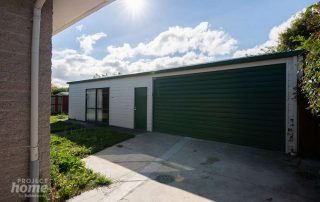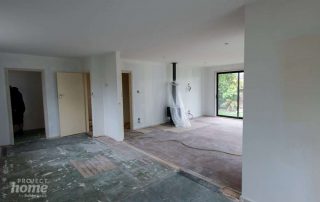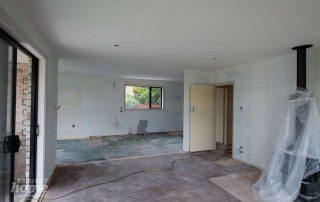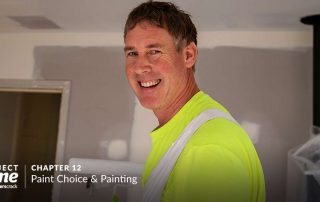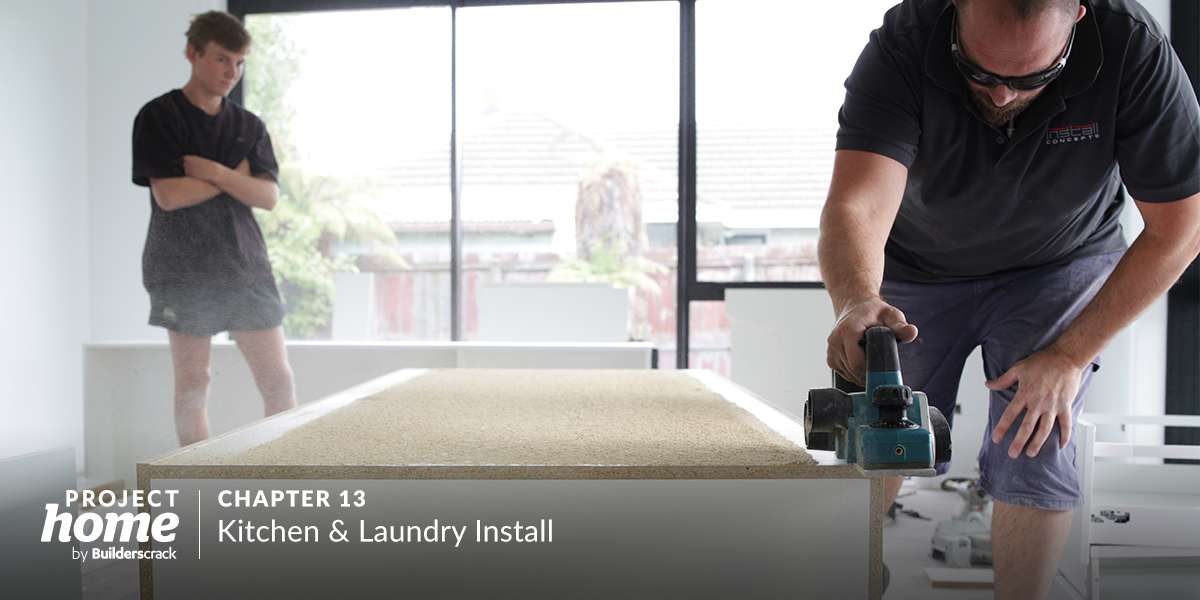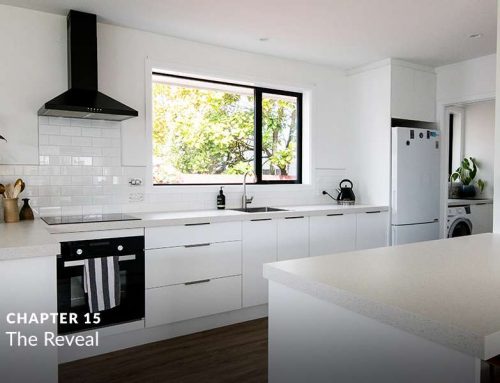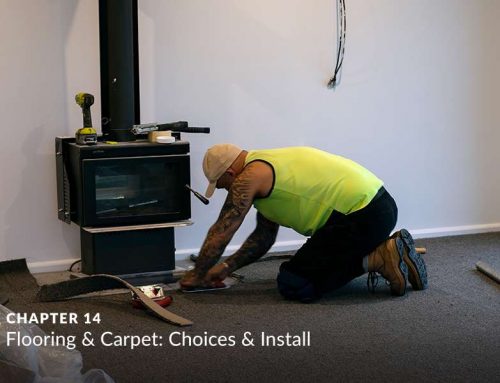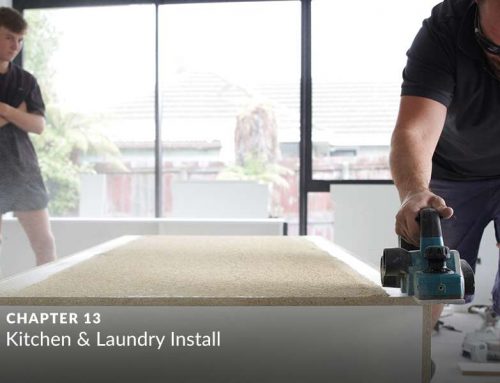In this series, we follow a Christchurch couple in their bid to turn their 1960’s fixer-upper, from a retro rental to a modern home.
If you’ve ever considered buying an older home but have lacked the confidence to tackle something totally outdated, this guide is for you. It’s a whole lot of fun, and not as hard (or anywhere near as risky) as you might imagine.
In the previous chapter, Zane of ZG Plastering & Painting had undertaken a full interior plaster to a Level 4 finish.
With the plastering done, it was time to paint! Before getting into the actual painting, there were a lot of decisions to be made: colour scheme and paint type or “sheen”, being two of the most critical.
In this chapter, we explore painting top to bottom. There is a lot more to it than you may think!
When did you begin planning and prepping for painting?
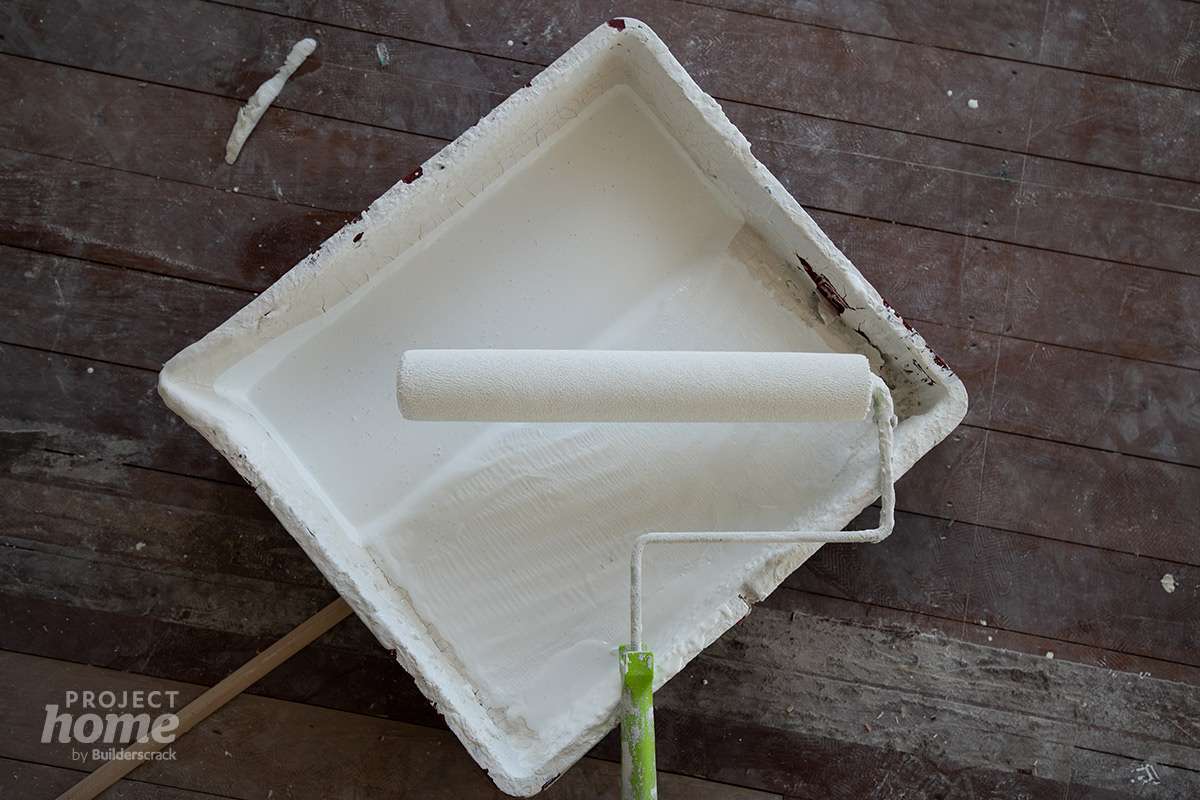
Why Resene? How had your journey taken you there?
With their painter locked in, it was time to settle on both paint colour scheme and type. Paint type? Turns out there is more to paint than popping the lid and splashing it on!
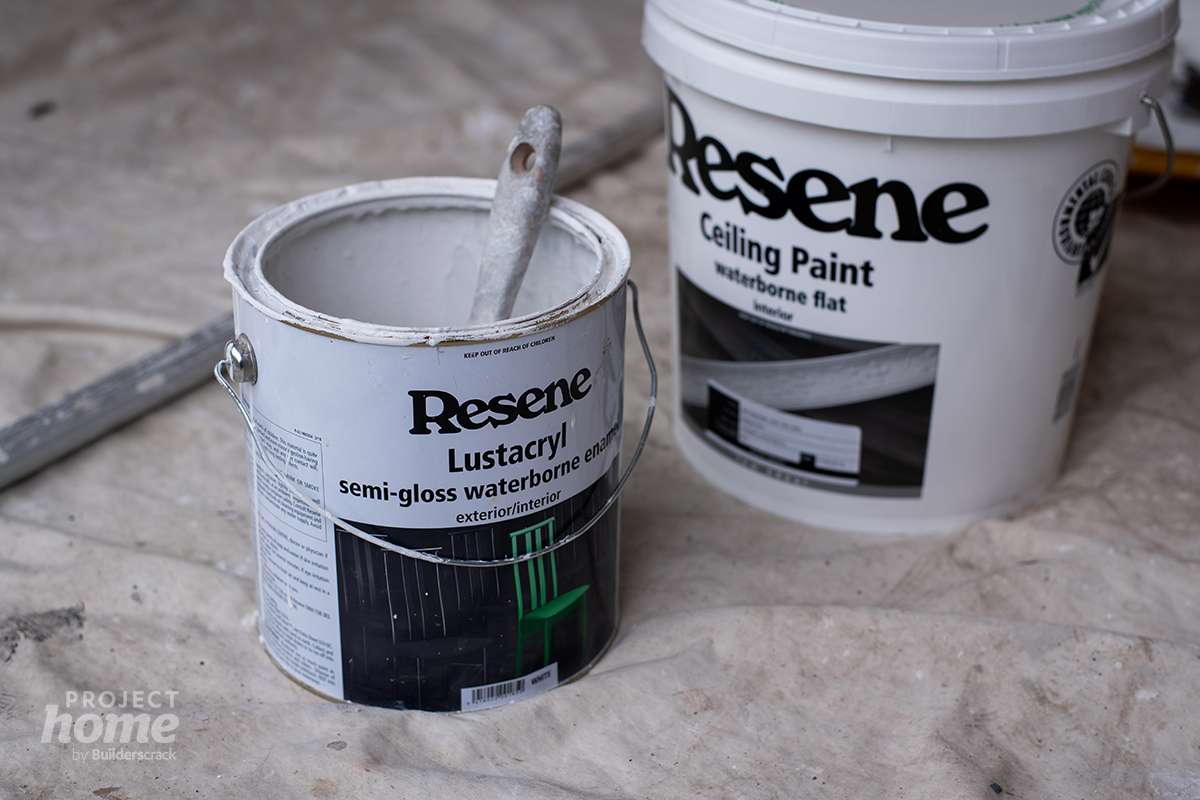
What were your needs and considerations? How did you meet them?
With list in hand and vision in mind, Jeremy and Alana were ready to hone in on the specific paints required to produce an outstanding paint finish. We go through the different applications they required paint for.

Was there anything else required before Jason could begin the painting?
With the plastering done and dusted, the paint sorted and Jason ready to go, we check in on whether any additional details were needing to be taken care of.
How did Jason approach the job?
With the paint purchased and the house clean and ready – the time had come for the painting to begin. We talk through the approach Jason took.
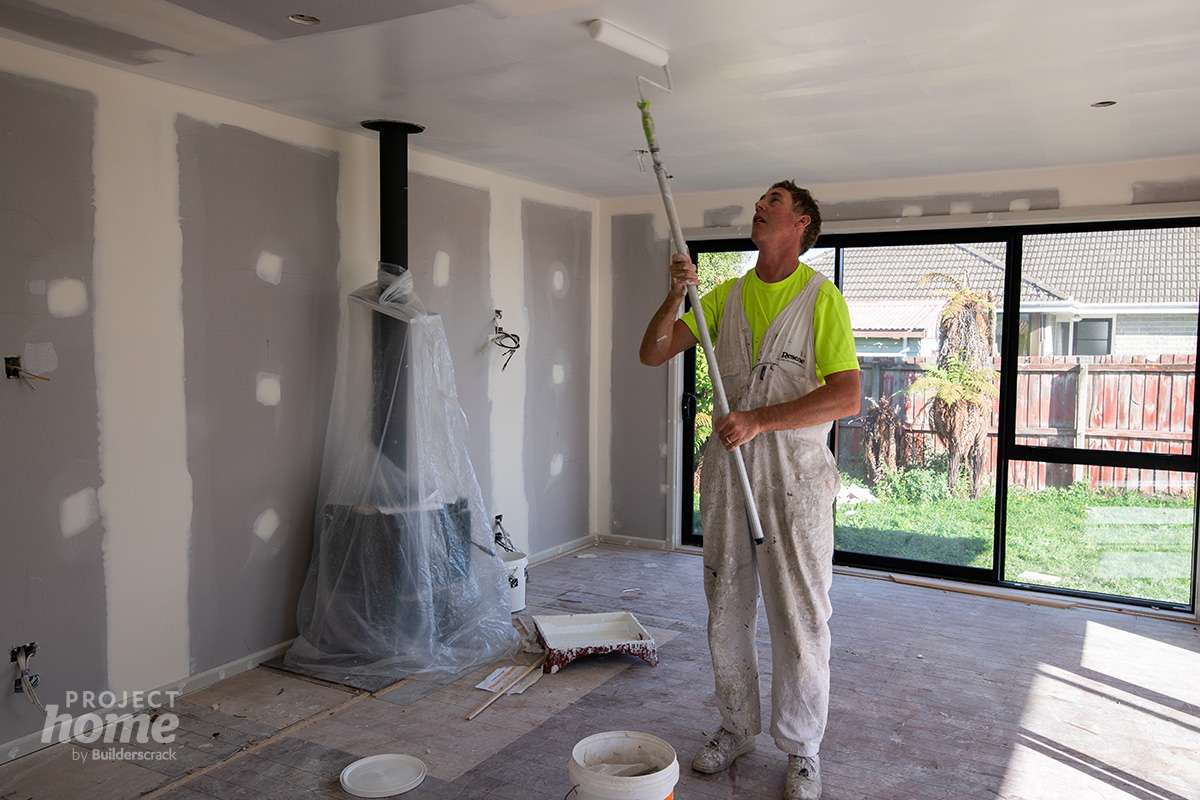


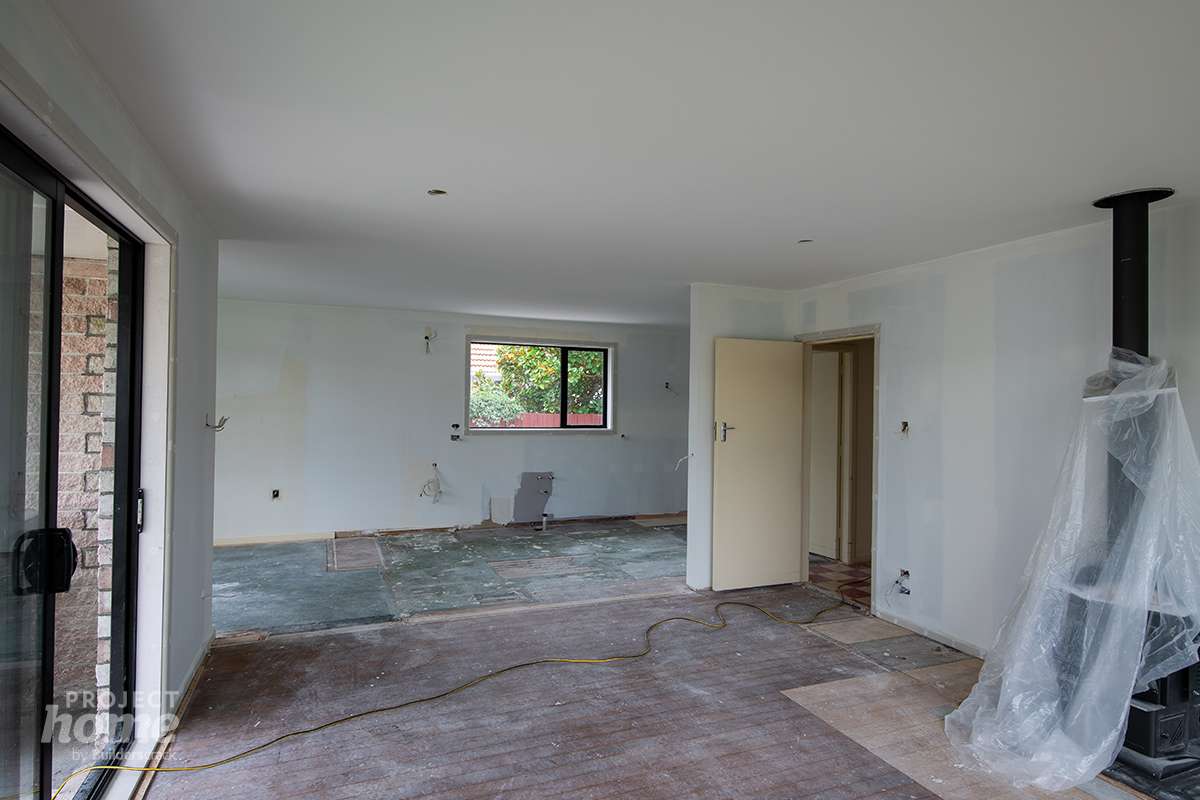
Were you happy with the result?


A small blemish in the wallpaper plastered over. Shot taken at 300mm distance.

The same blemish is undetectible at 2M


